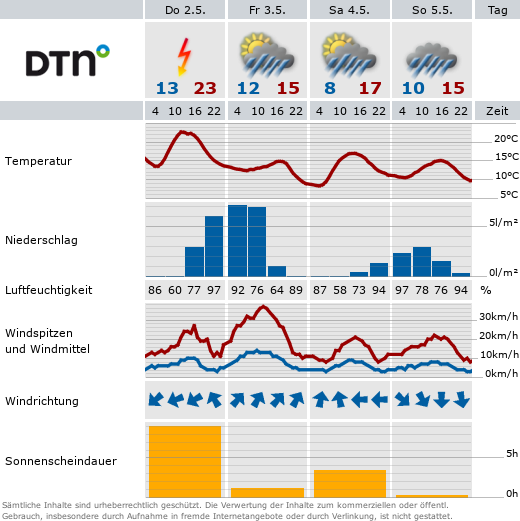Thesis defense of Finya Ketelsen
- Defense
RF-induced heating is one of the safety hazards for patients with implants in MRI. Implants are classified as passive or active, with different test procedures measuring the resulting temperature rise. Heating depends on the E-field along the implant and the implant characteristics such as size and material. Implants are tested using a phantom container filled with a tissue simulating medium placed in an RF exposure system. Typically, a body coil from an MR scanner is used. Since these coils are designed to produce a homogeneous B-field, they are not ideal for E-field generation. Their disadvantages in terms of E-field homogeneity and direction are investigated in this thesis. An alternative exposure system (LES) is extensively validated and compared to a body coil system. Different sized passive objects are used, resulting in a higher temperature rise in the LES compared to the body coil for the same average E-field. Therefore, the possible temperature rise per E-field in the body coil is underestimated, while the E-field distribution in the LES leads to a worst-case temperature rise, increasing the reliability of the patient risk.
For active implants, a novel measurement approach with fixed object to E-field probe distance is validated and compared to the standard approach. The overall uncertainty is reduced by half by eliminating the uncertainty of probe position and coupling. In addition, the measurement time is reduced from several days to hours, measuring thousands of data points instead of about 25.









